Poplar Wood
- September 11, 2023
- 0 comment
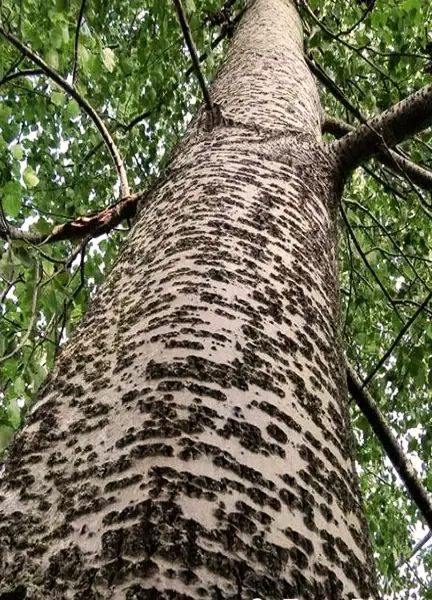
Poplar wood, derived from the poplar tree (Populus spp.), is a remarkable and widely utilized resource known for its versatility and adaptability. This deciduous tree species has earned its place in the hearts of many due to its numerous applications, striking features, and unique attributes. In this comprehensive guide, we will delve into the world of poplar wood, exploring its color, texture, leaves, flowers, bark, seeds, growth characteristics, cost, common pests and diseases, and address frequently asked questions.
Color
Poplar wood is famous for its pale and creamy appearance, often described as a light, almost white, to pale yellow hue. This natural coloration makes it an excellent choice for various finishing options. Its ability to take stains and finishes beautifully allows for customization to suit any design aesthetic.
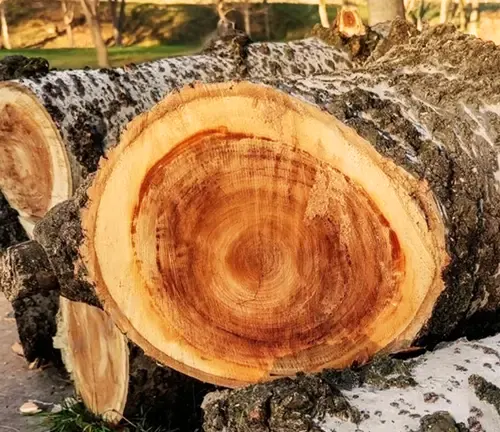
Texture
The texture of poplar wood is relatively uniform and fine, making it easy to work with. It has a smooth, even grain pattern that adds to its overall appeal. This consistent texture makes it a favored choice among woodworkers and craftsmen, as it is less prone to splintering or tearing during cutting and shaping processes.
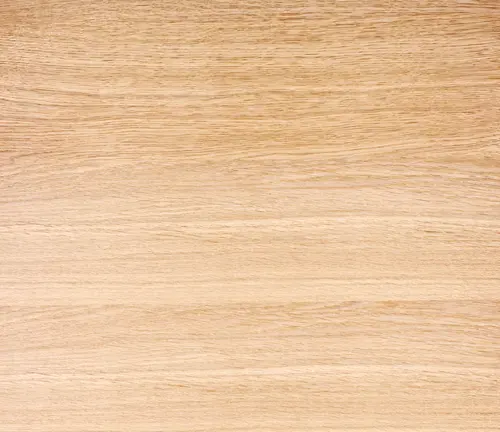
Leaves
Poplar trees are known for their distinctive, broadly ovate leaves. They typically have serrated edges and are arranged alternately on the branches. The leaves have a vibrant green color during the growing season, which transforms into stunning shades of yellow and gold during the fall, creating a picturesque autumn landscape.
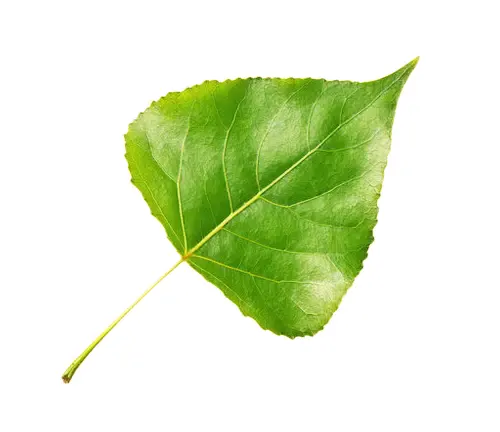
Flower
Poplar trees produce inconspicuous, catkin-like flowers. These flowers are typically red or gray in color and appear in clusters. They serve as an essential component of the tree’s reproductive cycle, leading to the formation of seeds.
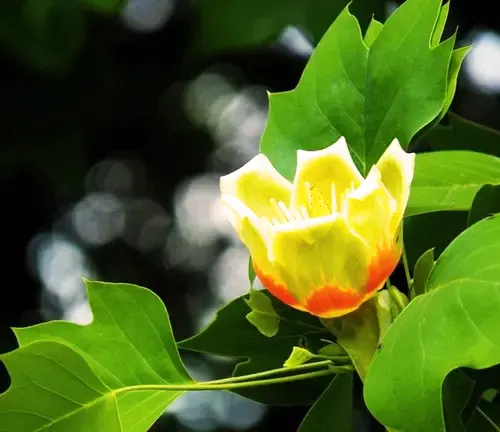
Bark
The bark of poplar trees evolves over time. In young trees, it tends to be smooth and greenish-gray, but as the tree matures, it becomes rougher, developing deep furrows and turning grayish-brown. The bark’s transformation adds character and dimension to the tree’s appearance.
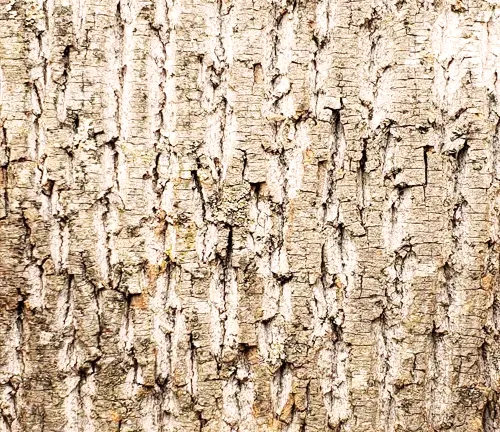
Seed
Poplar trees produce small, fuzzy seeds encased in cottony structures, known as cottonwood seeds or cotton. These seeds are easily dispersed by the wind, contributing to the tree’s widespread distribution. Poplar seeds are a vital food source for various wildlife species.
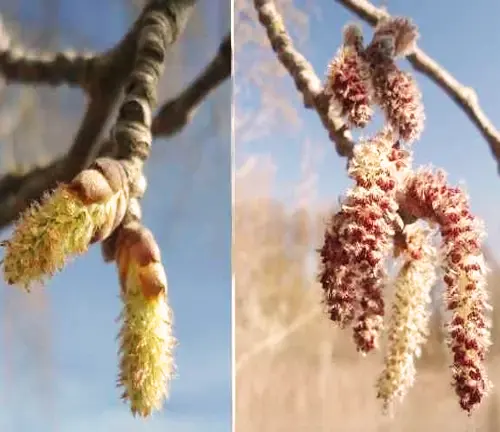
Growth
Poplar trees are known for their rapid growth. They are among the fastest-growing hardwood trees, which makes them an excellent choice for timber production. Some popular species can grow up to 10 feet or more in a single year under optimal conditions. This swift growth rate is a key reason for their popularity in reforestation and afforestation projects.
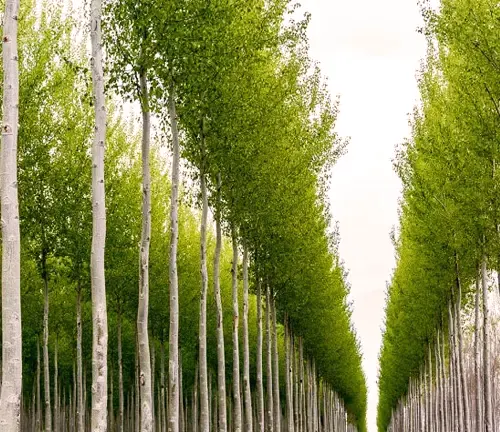
Cost
Poplar wood is generally affordable compared to other hardwoods like oak or walnut. Its availability, fast growth rate, and relatively easy cultivation contribute to its cost-effectiveness. This affordability makes it a favored option for a wide range of applications, from furniture to cabinetry and even musical instrument construction.
Common Pests & Diseases

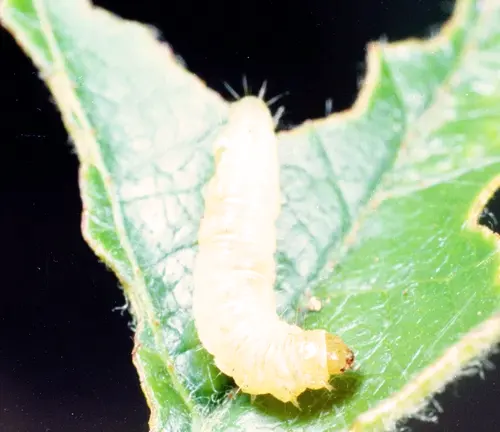
Poplar trees, known for their resilience, are not impervious to the challenges posed by pests and diseases. These issues encompass a range of adversaries, with common culprits including aphids, scale insects, leaf rust, and canker diseases. Vigilant oversight of poplar stands is essential, allowing for early detection of any infestations or infections. Effective management strategies, such as the timely application of treatments or the removal of affected branches, can significantly reduce the impact of these threats and safeguard the overall health and vitality of poplar tree populations. By staying attuned to their well-being, landowners, and arborists can ensure the enduring beauty and utility of these valuable trees.
Different Types of Poplar Wood
- Tulipwood (Yellow Poplar): This type of poplar wood is derived from the tulip tree (Liriodendron tulipifera). It has a pale yellow to light brown color, and fine grain, and is often used for furniture, cabinetry, and moldings due to its ease of working and finishing.
- Eastern Cottonwood (Populus deltoides): Eastern cottonwood is known for its rapid growth and is often used in paper production. The wood is relatively soft and has a light, creamy color.
- Black Poplar (Populus nigra): Black poplar wood is less common but is known for its grayish-brown color and can be used in construction and furniture making.
- Aspen (Populus tremuloides): Aspen wood is pale white to light brown and is used in various applications, including paneling, furniture, and woodworking projects.
- Balsam Poplar (Populus balsamifera): Balsam poplar wood is light in color, usually with a pale yellow or grayish hue. It’s used in construction and can be a good choice for making plywood.
- Lombardy Poplar (Populus nigra ‘Italica’): This is a specific cultivar of black poplar known for its tall, slender growth. It’s often used as an ornamental tree and not typically harvested for its wood.
- White Hybrid Poplar: These are White hybrid trees resulting from the crossbreeding of different poplar species. They are often bred for specific traits like fast growth or disease resistance. The wood characteristics can vary depending on the parent species.
You can check our Lumber Article for an even more comprehensive look into the world of wood and its countless applications. There’s a wealth of knowledge waiting for you there, so dive right in and embark on your next enlightening read. Happy exploring
FAQs
- Are poplar trees suitable for landscaping?
Yes, many popular species are commonly used in landscaping due to their fast growth, attractive leaves, and adaptability to various soil types. - Is poplar wood durable for outdoor use?
Poplar wood is not naturally rot-resistant, so it may require treatment or protective finishes if used in outdoor applications. However, it is a good choice for indoor furniture and cabinetry. - Can poplar wood be stained or painted easily?
Yes, poplar wood readily accepts stains, paints, and finishes, allowing for a wide range of customization options. - How do I care for poplar trees in my yard?
Proper care includes regular pruning, watering, and protection against pests and diseases. Consulting with a local arborist is advisable for specific guidance based on your location.
In conclusion, poplar wood and the poplar tree itself are remarkable natural resources that offer a plethora of benefits and applications. Its unique features, affordability, and adaptability make it a sought-after choice in various industries and a favorite among wood enthusiasts. Whether you are considering Poplar for your next woodworking project or simply want to appreciate the beauty of these trees in your surroundings, Poplar’s versatility and charm are sure to captivate you.


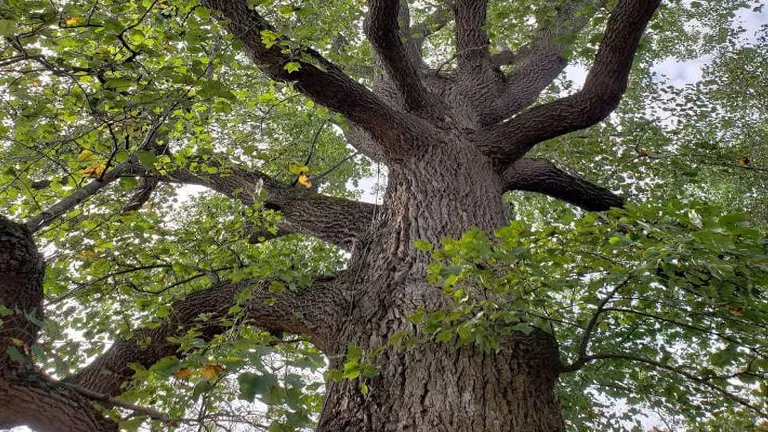
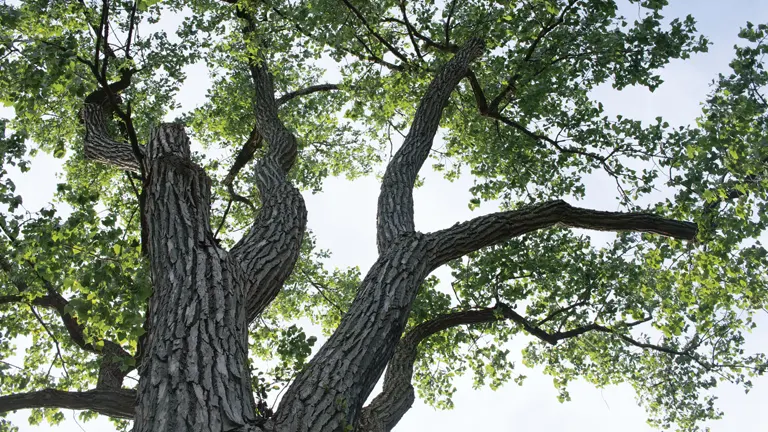
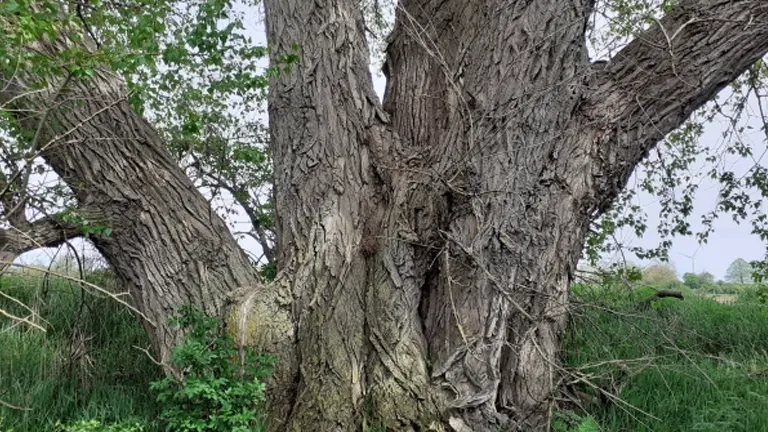
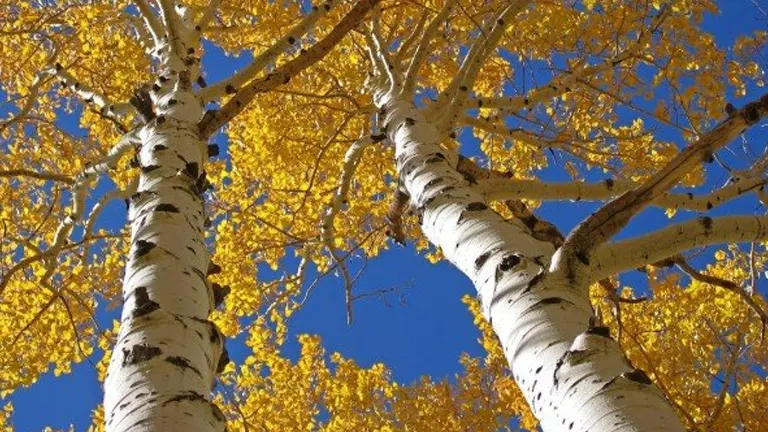
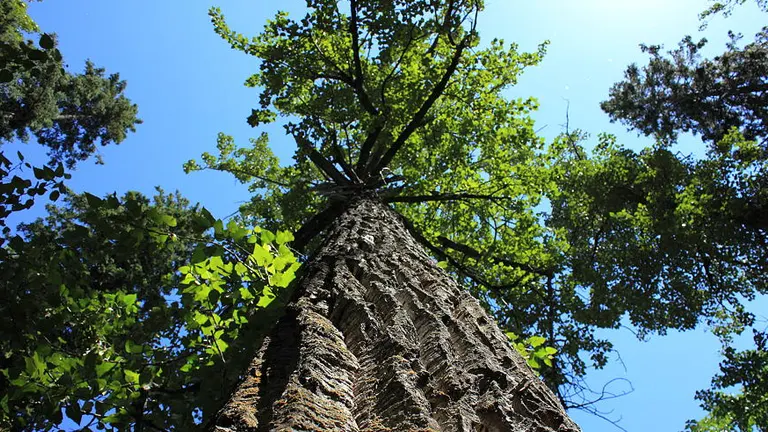
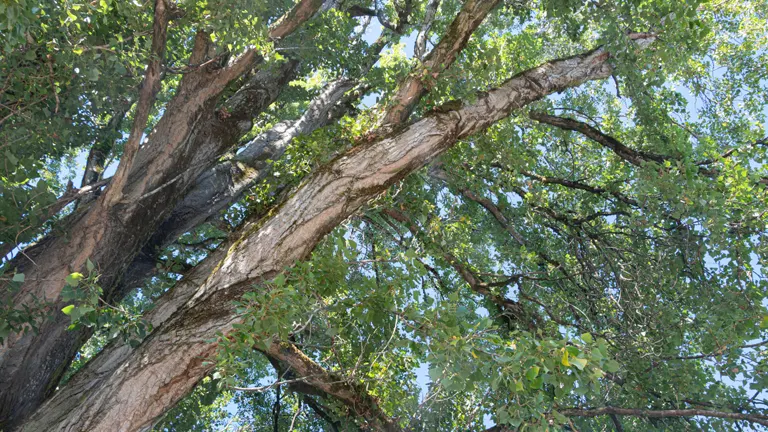
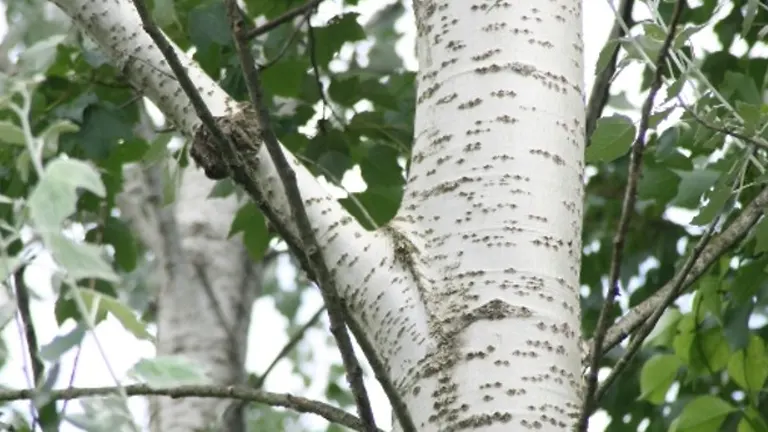

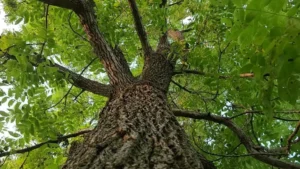
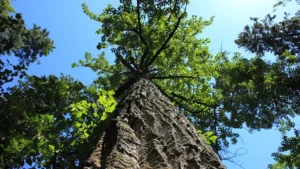
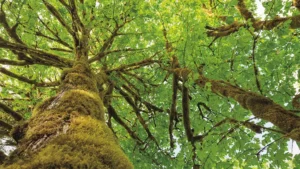
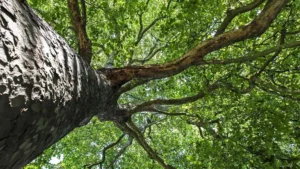
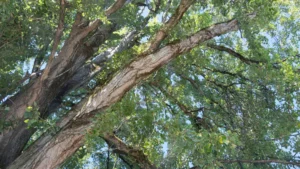
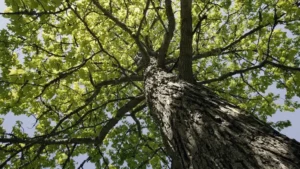
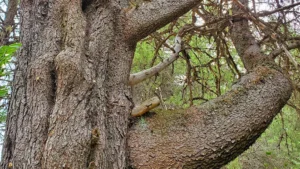
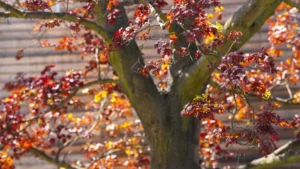
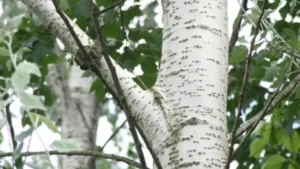
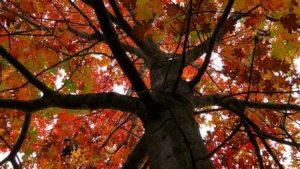
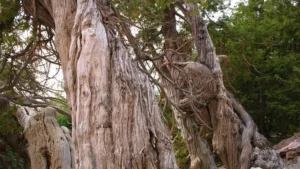
Leave your comment